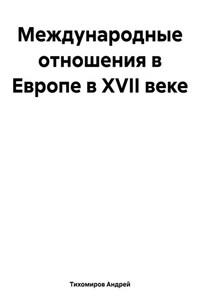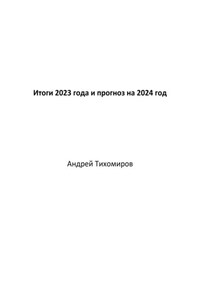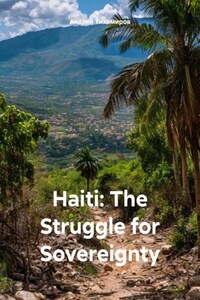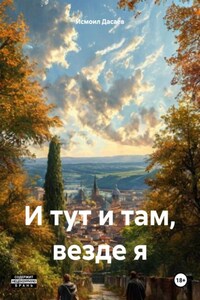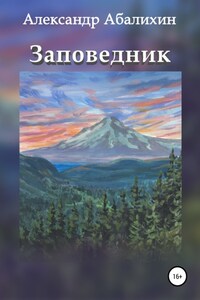The impact of climate change on humanity
An international and interdisciplinary team of scientists has presented a new study proving that the territory of modern Europe experienced an extreme cold snap about 1.1 million years ago. It probably led to the death of the first people who came to these lands. According to Live Science, scientists suggest that a sudden cold snap destroyed the archaic human species Homo erectus, the first representatives of which entered Europe more than a million years ago. At least, the data presented in the work on a sharp decrease in temperature coincide with the known data on the settlement of the continent by humans. Previous studies have shown that representatives of the human species Homo erectus arrived in Europe from Asia between 1.8 and 1.4 million years ago. This is indicated, for example, by the stone tools found. However, the "European" history of Homo erectus was abruptly interrupted about 1.1 million years ago. Archaeologists have not found any sites or artifacts of that period. The age of the next evidence of the presence of archaic people in Europe is approximately 900 thousand years. Moreover, it was already a different human species – Homo antecessor, a later and more enduring one that arrived on the continent from Africa. "There is an obvious gap of 200,000 years," says the study's lead author, Chronis Tsedakis, a paleoclimatologist at University College London. – This gap is comparable in time to the recently revealed period of sharp climate cooling. All this suggests that frost expelled or destroyed all archaic people from Europe." Scientists found evidence of a sharp drop in temperature by studying the cores of marine sediments. The images were taken from the ocean floor off the coast of Portugal. The analysis of isotopes of various chemical elements in the remains of marine plankton showed that the cold snap began about 1.15 million years ago. According to Tzedakis, the water temperature near Lisbon, which now averages 21 degrees Celsius, dropped to 6 degrees Celsius at that time. The researchers also found that about 1.13 million years ago, a steady influx of cold water began on the continent. Scientists believe that it was meltwater coming from glaciers. The authors of the work also write that our planet has gone through many alternating cold and warm phases. Until now, it was believed that the ice age reached its peak about 900 thousand years ago. However, a new study proves that this peak probably occurred a little earlier, namely about 1.1 million years ago.
An international team of researchers has identified a geological feature that, according to scientists, best reflects the proposed new era called the "Anthropocene". This is reported by The Guardian. The researchers clarified that the Holocene, the current epoch of the Earth, began after the end of the Ice Age, about 11.7 thousand years ago. In their opinion, in the middle of the XX century, the influence of mankind on the planet increased significantly, there was a shift, defined as a Great acceleration. This shift should be perceived, they added, as the beginning of a new era, the Anthropocene (the time of human domination). In order to confirm their conclusions, the scientists studied a variety of "natural archives" of the environment, in particular, they explored the coral reefs of Australia and peat bogs in Poland. In the end, experts noticed, the Canadian Lake Crawford was chosen. The layers of sediments at its bottom, which are located in a protected area and remain untouched by the outside world, record accurate data on the time during which they were deposited. Sediment cores from the lake, for example, show the presence of plutonium-239. This element hit the bottom due to nuclear weapons tests that have been conducted since the early 1950s.
The cold snap led to the fact that the ancient archanthropes (from the Greek words archaios – ancient and anthropos – man, the collective name of fossil people, considered as the oldest representatives of the human race) turned into modern humans Homo sapiens.
From the book by Tikhomirov A.E. When and why did man arise? LitRes, Moscow, 2023, p. 1: "Science has established that the fundamental difference between humans and animals occurred about a million years ago in South Africa. It was based on mutational processes that led to the fact that the protein packaging of DNA was rearranged in the areas associated with the development of the brain of the "zone of accelerated human development". These areas of the brain of ancient human ancestors happened to be next to enhancers – enhancers of gene activity, which became a turning point in the history of ancient people. But this accident was also a necessity that arose, in all probability, with the change of food consumed by ancient ancestors, it was the use of food cooked on fire that served as this impetus.
In the process of human formation, an important role was played by the fact that human ancestors consumed both plant and animal food, this is the period of the Early Paleolithic. Such a variety of food had a huge impact on the development of the entire human ancestral body and especially the brain. Fishing, which has been developed since the end of the Paleolithic, also provided ancient man with new food containing substances important for his development. But the main thing was that ancient man mastered fire and began to cook on it: roast and bake meat, fish, plants. This was carried out on coals, in hot ashes, on red-hot stones, in pits lined with stones. These ancient forms of cooking have been preserved for a long time by some peoples of Australia and Oceania. Animals, even the higher ones, are afraid of fire and avoid meeting it in every possible way. Therefore, fried and boiled food can be eaten only occasionally as a result of waste or stealing food from a person."
An interdisciplinary research group, studying the lacustrine deposits of Lake Jiang Ko on the Tibetan plateau, for the first time managed to obtain a "climatic record" for the last 2000 years. The analysis of the data obtained helped shed light on the causes of the rise and collapse of the Tibetan Empire. The researchers published their findings in the journal Science Bulletin, and a condensed version of the work report is presented on the resource Phys.org . Employees of several scientific organizations participated in the study, including the Institute of Tibetan Plateau Studies of the Chinese Academy of Sciences. The team took samples of the bottom sediments of Lake Jiang Ko on the central Tibetan plateau. The samples were then analyzed and photographed in the laboratory. This has helped to compile a real climate record for the last 2000 years. Her analysis showed that the Tibetan plateau had a warm and humid climate in the VII-IX centuries AD. However, then it was replaced by a noticeable cold snap, after which the region was gripped by drought for a long time. The researchers noticed that the climatic data are consistent with archaeological and historical information. In particular, the onset of a warm and humid climate coincides with the heyday of the Tibetan Empire, and the cooling period coincides with the collapse of this powerful state. It is known from written Chinese sources that the Tibetan Empire existed from the 7th to the 9th century. It was a mighty state whose borders extended far beyond the Tibetan Plateau. Many regions of East, Central and South Asia were part of it. The state was ruled alternately by several great emperors, whose exploits are described a lot in ancient sources. The first great emperor was Songtsen Gampo (618-650 AD), who expanded the power of Tibet beyond Lhasa and the Yarlung Valley. By the way, it is believed that he brought Buddhism to Tibet. After him, the power of the empire only grew, but in the IX century it suddenly collapsed. Until now, it was believed that numerous wars could have caused the collapse. However, a new study proves that at least one of the main reasons for the rise and fall of the Tibetan Empire could be climate change. Isotopic analysis of carbon and oxygen, as well as information about temperature and precipitation over the past 2000 years, allowed us to reconstruct the climate model. And she showed that the period from the VII to the IX century of our era was unusually favorable for life and agriculture. Changes in the foreign policy of the Tibetan Empire were probably directly related to climate change. Scientists have found that during a favorable period, very rich harvests of high-altitude barley were grown on the Tibetan plateau. This also contributed to the development of animal husbandry. The economy was booming, it became the base for the growth of military power. But with the onset of cold weather, and then prolonged droughts, the area of barley cultivation decreased by a gigantic 10.88 million hectares. This had a negative impact on agriculture and animal husbandry, and the empire could not survive in such conditions.

